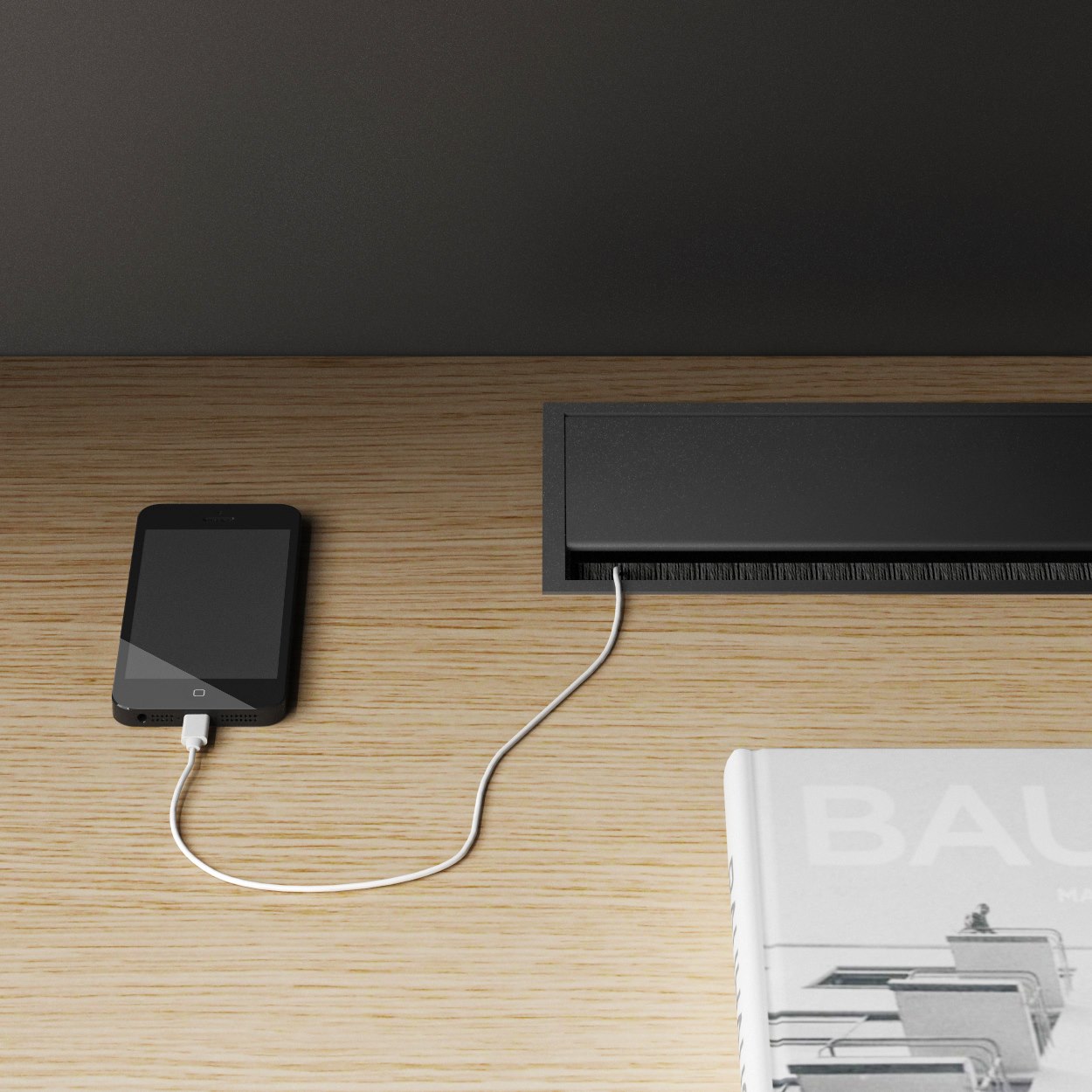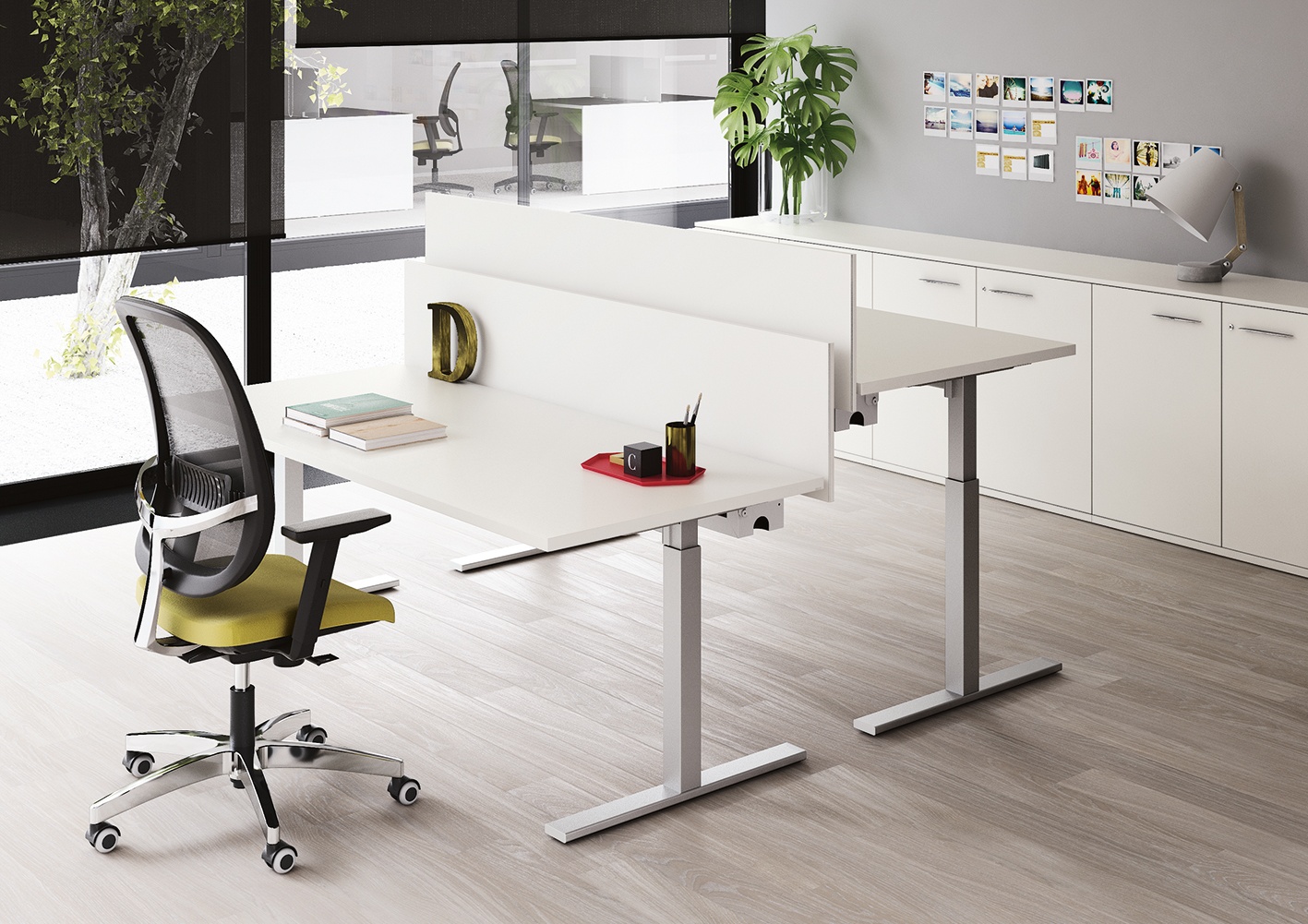Hovering between the extreme chaos of Hoarding: Buried Alive and Marie Kondo’s The Life-Changing Magic of Tidying Up, there’s a small bubble of hope: a tidy desk, where there’s an ideal place for everything, making for an efficient workday.
While many may see it as a utopia, there’s actually a “technique” to help us achieve this lofty ideal (or get close, at least). We’re talking, of course, about decluttering.
So what is decluttering exactly?
Use of this term has become rife in recent years, embodying a life philosophy, though tidy people have actually been busy decluttering for ages. Even Mary Poppins got in on the act in the eponymous Disney film, and we’re talking about a 1964 production!
Decluttering means eliminating the superfluous, especially when it’s space consuming.
To sum up, getting rid of everything that takes up space but is of no real use in our daily lives (or, worse still, is of no use full stop). Think of this superfluous clutter as a Christmas tree in the lounge in August: anything that evenly vaguely falls into this category should be eli

10 steps to decluttering your desk
1. Identify critical areas
These are the ones you’ll need to focus on. How do you know which ones they are? Simple: they’re the ones that stop you from finding everyday items easily or that bug you most with their mess.
2. Prepare a schedule
Having a to-do list will help make sure you don’t forget anything and make the most efficient use of your available time. Don’t skimp here: at best, this task will take you a good hour.
3. Work in sections
There’s no use trying to do everything all at once, you’re more likely to end up just wasting time. Identify 3-4 key areas of the desk (including all its accessories, such as drawers and shelves) and work in steps.
4. Sort everything into piles
Documents in one stack, stationery in another, tech accessories in a different pile again, and so on. Sorting all the items will help you understand the importance of each.
5. Cull “non-work” items
Tea bags, knick-knacks, old trade show name badges… none of which belong on your desk. Keep to one side all the stuff you actually use (which you’ll then tidy away in closed storage spaces) and take the rest home or throw it in the bin.
6. Eliminate, catalogue and digitize paperwork
Go through all your hardcopies. Throw everything you no longer need in the recycling bin (Post-Its, old email printouts, etc…) and set the useful documents aside for a moment. Then ask yourself this question: do you need a printed paper trail or not? If the answer is yes, sort them into folders that you can then file away tidily. Otherwise, scan them into digital format for storage on your computer.
7. Organize your closed storage
One drawer for stationery, one section of the cabinet for folders you don’t use so often, one shelf for documents you use on a daily basis. Give each specific category of items its own designated space. Want to take things a step further? Attach labels to boxes and folders, to help you locate them more quickly.
8. Tame the cable chaos
Modern workstation desks (almost) always have special cable management features to keep cables from cluttering the desk top. If your desk doesn’t fall into this category, bundle the cables together as best you can and use ties to keep them in place.
9. Clean
Before putting everything back in its place, dust down your desk, especially those far corners.
10. Tidy up at least once a week
Decluttering your desk once or twice a year might seem like a time-saving move, but it’s actually just the opposite. Set aside ten minutes or so a week to focus on your desk: you’ll be rewarded with an organized desk all year round!
Featured on the cover: Frezza Pop Tee desking system.

